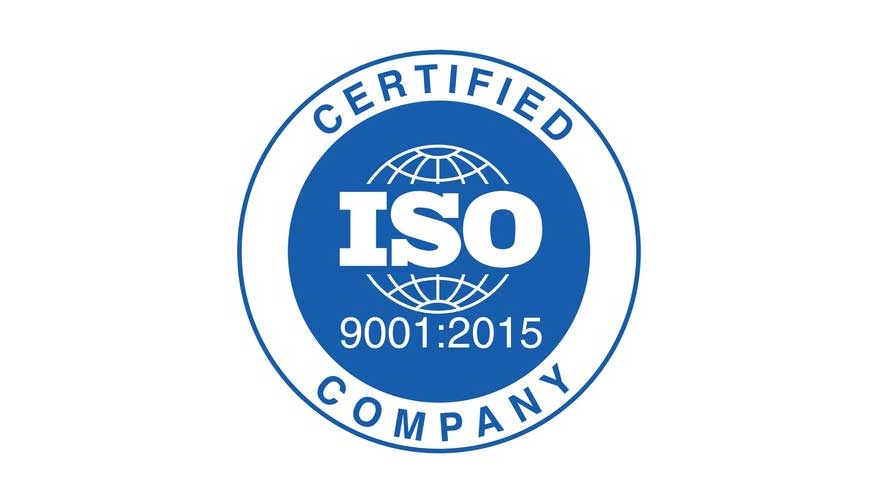Table of Contents
An ISO certificate is a document that indicates that a product, service or process complies with international standards, defined by the International Organization for Standardization (ISO for its initials in English International Organization for Standardization). Working in networks in 161 countries around the world, ISO is the largest developer and editor of international standards; The organization has one member per country, and the system is coordinated in the Central Secretariat of Geneva. Although ISO itself is a non-governmental organization, the institutes that are members can be both public and private organizations, a provision that allows ISO to develop standards that benefit all sectors of society.
Origins of ISO
When translated, the name “International Standardization Organization” has different acronyms in different languages, for example IOS in English or OIN in French (Organization Internationale de Normalisation). The founders decided to call the organization “ISO”, derived from the Greek term for equality “isos”. Today, ISO refers to a single identifiable organization throughout the world, regardless of the region or language.
Training
ISO was formed by delegates from 25 countries at a meeting held in London in 1946. The group founded the organization to “facilitate the coordination and unification of international industrial standards”. Shortly thereafter, the new organization began operations in Switzerland, starting in February 1947. In many of the countries of its operations, ISO is an all-encompassing authority on standards across a variety of industries and products. Since 1947, the agency has developed and published more than 16,500 international standards, including industries such as agriculture, construction, IT (information technology), health care and mechanical engineering.
Objectives of standards and obtaining certification
When a company meets the predefined standards established by its industry, it is eligible for ISO certification. It requires that products, processes and systems, machines and devices comply with standards to ensure quality, minimize environmental effects, and improve reliability, safety, efficiency and compatibility. The standards developed by the industry strive to ensure that all active companies manufacture their products or services with these desirable characteristics. When certified by ISO, it means that a business’s operations are re-approved by the largest and most trusted standardization body in the world, and it gives confidence to customers and partners of the company.
ISO 9001 and ISO 14001
Although most ISO standards are industry specific, ISO 9001 and ISO 14001 are generic standards of management systems that may be applicable to any organization, regardless of size, business operations, geographic dispersion or industry. When a company, public administration body or government department has ISO 9001 certification, this means that the entity has successfully implemented a series of requirements in order to establish a quality management system in the organization. In the same way, the ISO 14001 certification is granted to organizations that meet the requirements to establish an approved environmental management system.
Benefits of the rules
According to the ISO standard, the role of standards is especially important in modern trade where goods originating in a region can travel thousands of kilometers for consumption. In addition to the manufacture of safer, cleaner and more efficient products and services; ISO standards also foster commercial relations between regions, and provide specialized assistance to regional governments, in terms of a technological basis for health and environmental legislation. Other benefits that a country can obtain from the partnership with ISO include shared advances in technology and management practices, and protect consumers and users of products and services.
